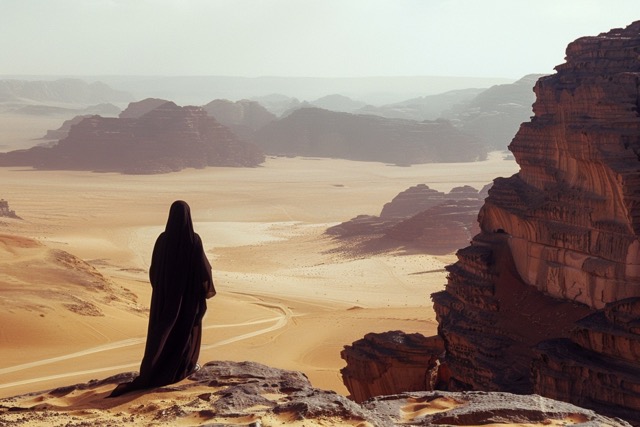Saudi Arabia’s Hail region poised for increased investments
In a bold move to attract more investments, Hail Governor Prince Abdulaziz bin Saad emphasized the strategic and logistical importance of Saudi Arabia’s northern province.
During a reception attended by Minister of Investment Khalid Al-Falih at Aja Palace on July 27, Prince Abdulaziz highlighted the key role of the Ministry of Investment in aligning performance with the nation’s growth objectives.
The country’s National Investment Strategy aims to boost economic growth and diversification, in line with Vision 2030 goals. These goals include increasing the private sector’s contribution to GDP to 65 percent, raising foreign direct investment’s contribution to GDP to 5.7 percent, and increasing non-oil exports’ contribution to GDP from 16 percent to 50 percent. The vision also includes reducing unemployment to 7 percent and positioning Saudi Arabia among the top 10 economies in the Global Competitiveness Index by 2030.
Following the reception, the governor and Al-Falih discussed the Hail Region Development Authority’s presentation on the region’s advantages, investment prospects, and future opportunities in light of Vision 2030. They also addressed upcoming challenges.
In a post on X (formerly Twitter), Al-Falih shared that Prince Abdulaziz discussed Hail’s competitive advantages and investment opportunities. They talked about ways the Ministry of Investment could support and attract national and foreign investments to the region.
Al-Falih also mentioned meeting with business leaders and investors at the Chamber of Commerce in Hail to discuss support, development, and stimulation of their investments while tackling obstacles. He visited the industrial city, including the Taldeen Co. factory, showcasing manufacturing industries.
Hail’s agricultural resources are supported by water availability, suitable soil, and a favorable climate, making it a major producer of fruits, vegetables, grains, barley, and livestock. The region has nearly 15,000 agricultural holdings, including modern farms and hydroponics facilities, with initiatives to expand food processing capacities and integrate the food value chain.
Apart from its agricultural strengths, the region houses two UNESCO World Heritage sites, a rich cultural heritage, and significant archaeological sites, adding to its allure for potential investors.

